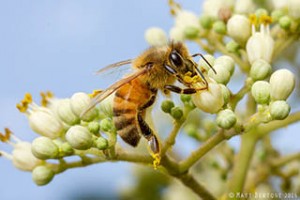
Balancing Beekeeping and Mosquito Abatement in North Carolina
Barely a day goes by when Zika virus is not in the news headlines. As of August 31st 2016, …



We're closed Fri 7/4 and back on Mon 7/7. We look forward to hearing your Carteret County concerns. Have a happy & safe 4th!

Extension and research at NC State address timely issues impacting our state. Extension delivers trusted information directly into the hands of farmers and agribusinesses, helping them translate knowledge into solutions that grow our economy and communities.
El inglés es el idioma de control de esta página. En la medida en que haya algún conflicto entre la traducción al inglés y la traducción, el inglés prevalece.
Al hacer clic en el enlace de traducción se activa un servicio de traducción gratuito para convertir la página al español. Al igual que con cualquier traducción por Internet, la conversión no es sensible al contexto y puede que no traduzca el texto en su significado original. NC State Extension no garantiza la exactitud del texto traducido. Por favor, tenga en cuenta que algunas aplicaciones y/o servicios pueden no funcionar como se espera cuando se traducen.
Inglês é o idioma de controle desta página. Na medida que haja algum conflito entre o texto original em Inglês e a tradução, o Inglês prevalece.
Ao clicar no link de tradução, um serviço gratuito de tradução será ativado para converter a página para o Português. Como em qualquer tradução pela internet, a conversão não é sensivel ao contexto e pode não ocorrer a tradução para o significado orginal. O serviço de Extensão da Carolina do Norte (NC State Extension) não garante a exatidão do texto traduzido. Por favor, observe que algumas funções ou serviços podem não funcionar como esperado após a tradução.
English is the controlling language of this page. To the extent there is any conflict between the English text and the translation, English controls.
Clicking on the translation link activates a free translation service to convert the page to Spanish. As with any Internet translation, the conversion is not context-sensitive and may not translate the text to its original meaning. NC State Extension does not guarantee the accuracy of the translated text. Please note that some applications and/or services may not function as expected when translated.
Collapse ▲
Barely a day goes by when Zika virus is not in the news headlines. As of August 31st 2016, …
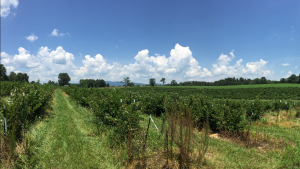
This is the final spotted wing drosophila (SWD) monitoring report for 2016. Looking back over the course of the season, we …

Our laboratory is excited to begin a new project aimed at answering several questions about pollination ecology in strawberries.These questions …

We have now counted blackberry trap captures through August 8th. We have observed a decline in Lincoln 1 trap …
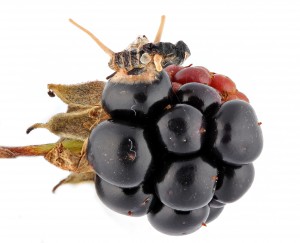
A few weeks ago while harvesting blackberries at the Piedmont Research Station, I came across a rare but incredible …

We presented our final blueberry monitoring data last week, so this week, we shift to presenting blackberry trap captures …
Re-posted from ecoipm.org: A couple years ago I began warning about a new pest that was spreading throughout crape myrtle …

We removed our traps from harvested blueberry fields on July 13th, and we have now collected all the data and can look back …

We have now processed blueberry traps through the week of July 12 and blackberry traps through July 6. Spotted …
Light trap data can always be accessed from our website, cotton.ces.ncsu.edu. To find it on the site, scroll over …

We have now processed traps through the week of July 6th. Blackberry trap captures of spotted wing drosophila (SWD) …

The season’s first question about caterpillars in blueberries has arrived, so growers and homeowners should be on the look …

Many thanks to Commissioner Troxler for approving the use of Sivanto Prime for control of sugarcane aphid on sweet …

We’ve now processed trap capture data through the end of June. Blueberry harvest has concluded at most of our …

Looking at the blackberry Scentry data collected on June 20, trap captures of spotted wing drosophila (SWD) appear to …
The North Carolina Department of Agriculture & Consumer Services (NCDA & CS) is offering organic growers the opportunity to …

When cotton blooms, it’s time to switch sampling and thresholds for plant bugs. This previous article covered management of …

As the month of July has come to an end, so has the growing season for many of the …
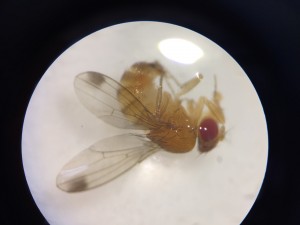
As discussed in an earlier post, we anticipated that 2016 would be a challenging year for spotted wing drosophila …

The research sites where we are collecting data are rich environments with many different species of insects. Pest species, including …

This publication discusses Anthracnose Fruit Rot (Colletotrichum sp.) of blueberries in detail. Included are the …

This factsheet for farmers describes concepts, terminology, and guidelines concerning soil sampling. Proper testing allows …
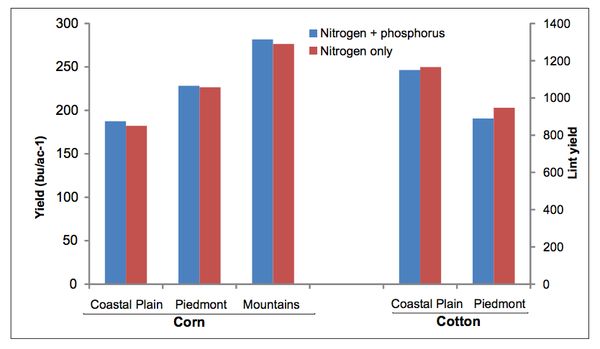
Phosphorus (P) is the second most important nutrient in crop production but is often found …
This factsheet summarizes the symptoms and management of stubby-root nematodes in soybean in North Carolina.
Lance nematode is not a common problem of soybeans, but can cause local damages in …
The reniform nematode is not a common nematode pressure for soybean growers in North Carolina, …

This soybean disease factsheet covers aerial web blight, a generally minor disease of soybean in …
This factsheet discusses bacterial blight of soybean in North Carolina.